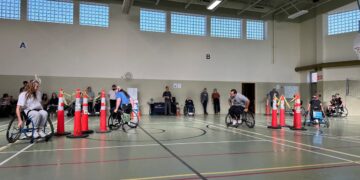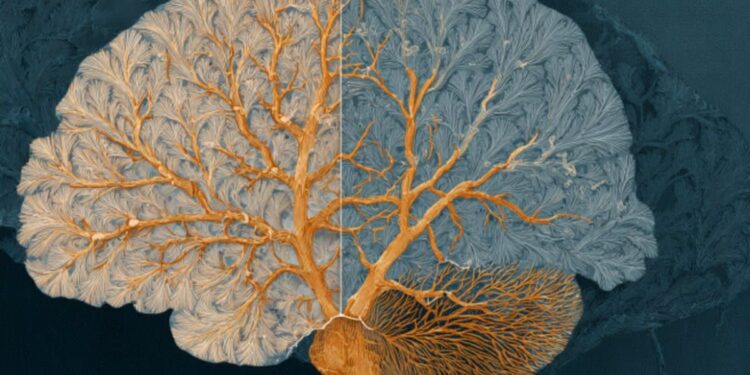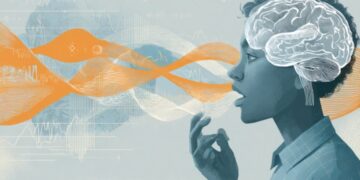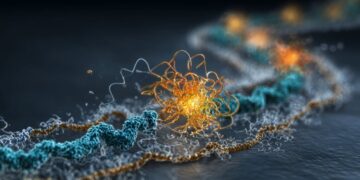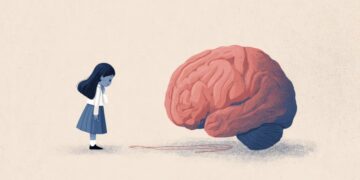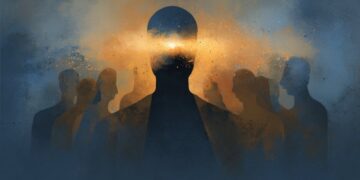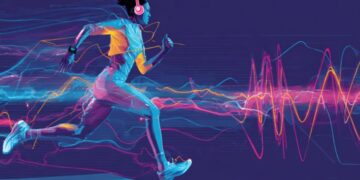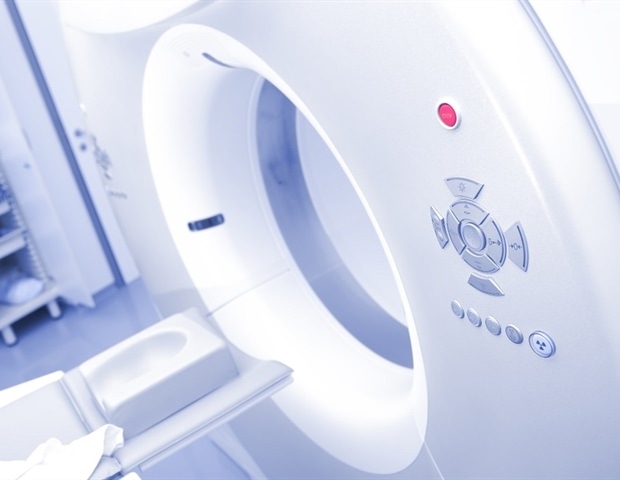Summary: A new study shows that the severity of autism symptoms, rather than a formal diagnosis, aligns with shared patterns of brain connectivity among children diagnosed with autism or ADHD. Stronger autistic traits were linked to greater connectivity between frontoparietal and default mode networks, regions central to social cognition and executive functions.
These connectivity differences also correspond to gene expression profiles linked to neuronal development, suggesting a shared biological mechanism. The findings support a shift toward dimensional and neurobiologically informed approaches to understanding neurodevelopmental conditions.
Key facts
Symptom-based brain patterns: Autism severity predicted differences in brain connectivity regardless of whether a child had ASD or ADHD. Gene expression overlap: Changes in connectivity reflected the expression of neural development genes associated with both conditions. Supports dimensional models: Results strengthen arguments for biology-driven transdiagnostic frameworks in neurodevelopmental research.
Source: Child Mind Institute
A new study published in Molecular Psychiatry reveals that the biological underpinnings of autism and ADHD may transcend traditional diagnostic boundaries.
While it is increasingly recognized that ADHD and autism often co-occur, the shared underlying biological characteristics remain largely unknown.
Researchers at the Child Mind Institute and collaborating institutions found that autism symptom severity, rather than diagnostic classification, corresponds to distinct patterns of brain connectivity and related gene expression in children diagnosed with autism spectrum disorder (ASD) or attention-deficit/hyperactivity disorder (ADHD).
This finding supports an evolving clinical and research landscape that aims to better define the roots of coexistences in neurodevelopment.
The study, led by Adriana Di Martino, MD, founding director of the Child Mind Institute’s Autism Center and senior research scientist, examined brain connectivity using resting-state fMRI in 166 verbal children ages 6 to 12 diagnosed with autism or ADHD (without autism).
The team found that more severe autism symptoms were associated with greater connectivity between nodes in the frontoparietal (FP) and default mode (DM) networks, which are known to be essential for social cognition and executive functions.
In typical development, this connectivity decreases with maturation to support functional specialization, so these findings point to an atypical maturation locus in children with more severe autistic symptoms.
This pattern was observed in all children, regardless of their diagnostic classification, and overlapped with expression maps of genes (particularly those involved in neural development) previously implicated in both autism and ADHD.
“We see in the clinic that some children with ADHD share symptoms qualitatively similar to those seen in autism, even if they do not fully meet the diagnostic criteria for ASD,” says Dr. Adriana Di Martino.
“By focusing on the shared patterns of gene and brain expression related to autism symptoms in both ASD and ADHD, we can point to a shared biological basis for these clinical observations. Our findings provide a more nuanced and dimensional understanding of neurodevelopmental conditions.”
The researchers were able to find this overlap between connectivity patterns and gene expression by using a novel integrative approach that combines cutting-edge neuroimaging with in silico spatial transcriptomic analysis, a computational method that maps connectivity patterns observed in participants to existing databases of where genes are expressed in the brain. This approach may be useful for the future development of biomarkers associated with these neurodevelopmental conditions.
Key findings include:
Autism symptom severity is associated with similar patterns of brain connectivity in children with a diagnosis of ASD, and at least in a subset of those with ADHD who do not have a clear autism diagnosis. Connectivity differences aligned with brain expression of genes involved in neuronal development. The study finds that shared clinical presentations are related to shared genetic mechanisms between autism and ADHD. Mechanisms involved in functional network maturation may play an important role in the development of autistic symptoms in children diagnosed with ASD, and in at least a subset of those diagnosed with ADHD findings support the importance of dimensional and categorical models of neurodevelopmental conditions. This study will inform future research on biomarkers associated with both conditions, as well as models of vulnerability to autism symptom severity.
Implications for clinical practice and research:
The findings suggest that focusing on specific symptom dimensions and their biological correlates may lead to more precise recognition and treatment approaches tailored to individual neural profiles.
The results support a growing movement in psychiatry toward dimensional, transdiagnostic, data-driven models of mental health. This approach has also been championed by the Child Mind Institute through its Healthy Brain Network, a landmark initiative that allows families to receive diagnostic evaluations at no cost and provides researchers with phenotypic and neuroimaging data on thousands of children.
Key questions answered:
A: The severity of autism symptoms (not the diagnostic label) maps to distinct patterns of brain connectivity shared between ASD and ADHD.
A: Stronger connectivity between the frontoparietal and default mode networks tracks with more severe autistic symptoms.
A: Yes. The patterns overlapped with the expression of genes involved in neural development, previously implicated in both autism and ADHD.
About this research news on autism, genetics and ADHD
Author: Media Office
Source: Child Mind Institute
Contact: Media Office – Child Mind Institute
Image: Image is credited to Neuroscience News.
Original research: Open access.
“Connectome-based symptom mapping and related gene expression in silico in children with autism and/or attention deficit/hyperactivity disorder” by Adriana Di Martino et al. Molecular psychiatry
Abstract
Connectome-based symptom mapping and related gene expression in silico in children with autism and/or attention-deficit/hyperactivity disorder
Clinical, neuroimaging, and genomic evidence has increasingly highlighted a degree of overlap between autism and attention-deficit/hyperactivity disorder (ADHD).
This study explores the specific contribution of their core symptoms to shared biology in N = 166 verbal children (6–12 years) with rigorously established primary diagnoses of autism or ADHD (without autism).
We investigated associations between interindividual differences in whole-brain intrinsic functional connectivity (iFC) at low motion and dimensional measures of autism and ADHD symptoms indexed by clinical observation and parent interview, respectively.
Furthermore, we explored their linked gene expression patterns in silico. Whole-brain multivariate distance matrix regression revealed a transdiagnostic association between autism severity and iFC from two nodes primarily in the left hemisphere: the middle frontal gyrus of the frontoparietal network and the posterior cingulate cortex of the default mode network.
Among children, the higher the iFC between these nodes, the more severe the autism symptoms, even after controlling for ADHD scores.
The results of the secondary segregation analyzes were consistent with the primary findings, underscoring the importance of network iFC for autism symptom severity across diagnoses.
No statistically significant brain-behavior relationships were observed for ADHD symptoms.
Genetic enrichment analyzes of iFC maps associated with autism symptoms implicated genes that are known to: (i) have a higher rate of variation in autism and ADHD, and (ii) are involved in neuronal projections, suggesting shared genetic mechanisms for this specific brain clinical phenotype.
These findings underscore the relevance of transdiagnostic dimensional approaches to link clinically defined and observationally based phenomena with shared presentations at the macroscale and genomic circuit levels across diagnoses.

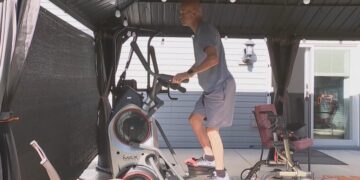
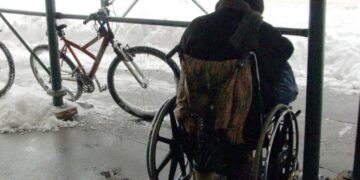
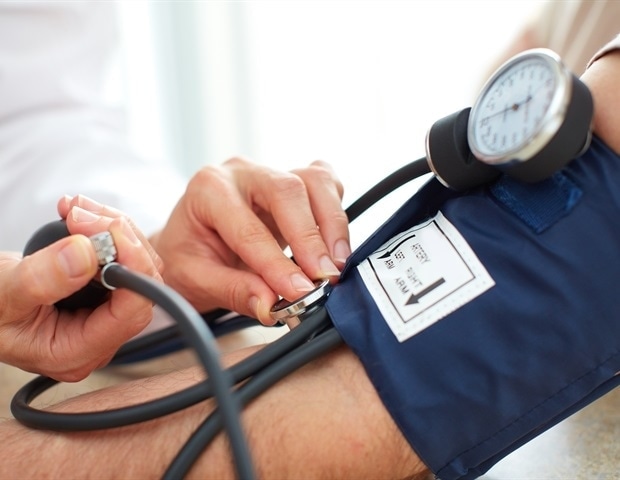
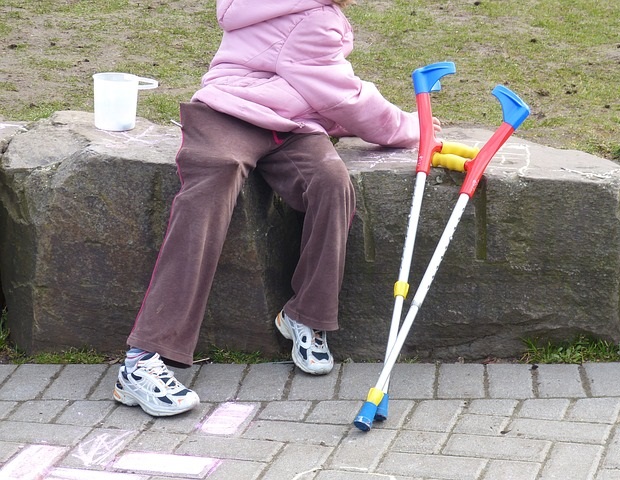
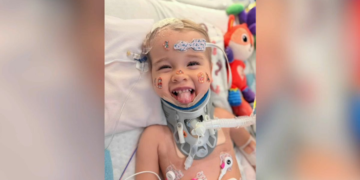
_6e98296023b34dfabc133638c1ef5d32-620x480.jpg)
